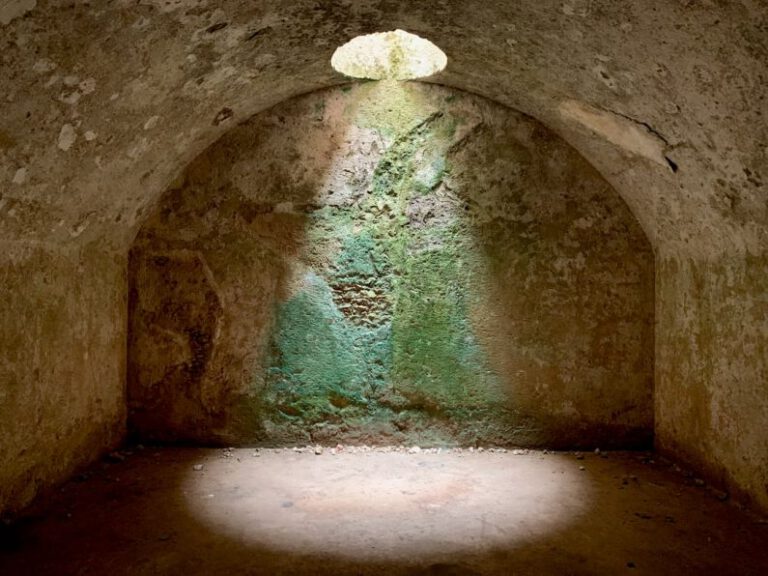Procedural Generation: Infinite Gaming Worlds
The world of gaming has undergone a revolution in recent years with the advent of procedural generation technology. This innovative approach to creating game environments has transformed the way players experience virtual worlds, offering infinite possibilities and endless exploration. Procedural generation allows developers to generate vast, complex, and unique game worlds on the fly, ensuring that no two playthroughs are ever the same. Let’s delve into the fascinating realm of procedural generation and explore how it is reshaping the landscape of gaming.
Unleashing Creativity Through Algorithms
Procedural generation relies on algorithms to create game content dynamically, eliminating the need for designers to manually craft every aspect of a virtual world. By leveraging these algorithms, developers can generate terrain, landscapes, buildings, characters, and even quests in a random and unpredictable manner. This approach not only streamlines the game development process but also allows for the creation of vast and diverse gaming environments that would be impossible to handcraft.
The Beauty of Randomness
One of the key strengths of procedural generation is its ability to introduce randomness into game worlds. This randomness ensures that each playthrough is a unique and unpredictable experience, keeping players engaged and excited to explore what lies beyond the next corner. From the layout of a city to the placement of items and enemies, every aspect of a procedurally generated world is infused with an element of surprise, making each playthrough feel fresh and dynamic.
Endless Exploration and Replayability
The infinite nature of procedurally generated worlds means that players can embark on endless exploration quests without ever running out of new content to discover. Whether it’s uncovering hidden dungeons, stumbling upon rare treasures, or stumbling into uncharted territories, the possibilities for exploration are truly limitless. This endless replayability ensures that players can continue to enjoy a game long after completing the main storyline, making procedural generation a powerful tool for enhancing player engagement and retention.
Dynamic and Adaptive Environments
Procedural generation also enables developers to create dynamic and adaptive game environments that respond to player actions and choices. Weather patterns, enemy spawns, quest objectives, and even the behavior of non-playable characters can all be influenced by procedural algorithms, creating a living, breathing world that evolves based on player interactions. This dynamic nature of procedurally generated environments adds a layer of immersion and realism to games, making players feel like they are truly shaping the world around them.
Pushing the Boundaries of Game Design
The rise of procedural generation has opened up new possibilities for game designers to push the boundaries of traditional game design. By embracing randomness and unpredictability, developers can create games that challenge players in novel and innovative ways, fostering creativity and experimentation. Procedural generation has paved the way for the emergence of unique gaming experiences that were previously unimaginable, revolutionizing the way we think about game design and development.
Embracing the Unknown: The Future of Procedural Generation
As technology continues to advance, the future of procedural generation looks brighter than ever. With the rise of machine learning, artificial intelligence, and other cutting-edge technologies, developers are poised to take procedural generation to new heights, creating even more immersive, dynamic, and engaging game worlds. The potential for procedural generation to revolutionize the gaming industry is immense, and as developers continue to explore its capabilities, we can expect to see even more groundbreaking games that push the boundaries of what is possible in virtual worlds.
In conclusion, procedural generation has emerged as a game-changing technology that is reshaping the landscape of gaming. By unleashing the power of algorithms and randomness, developers are able to create infinite gaming worlds that offer endless exploration, dynamic environments, and unique gameplay experiences. As we look towards the future, the possibilities for procedural generation are truly limitless, and we can expect to see even more innovative and immersive games that redefine the way we interact with virtual worlds.






